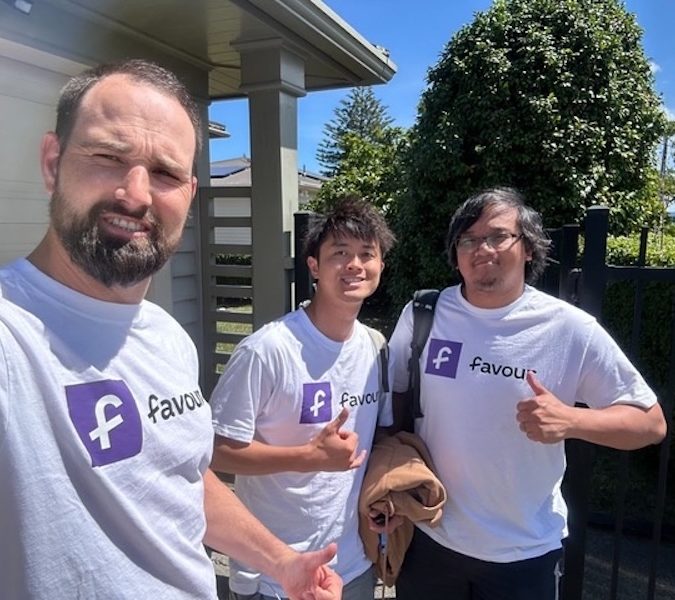
With how fast technology is moving in 2024 and now we are halfway through the year, Idealog and Digitas’ New Zealand’s Head of Tech, Suzanne Everett investigate the tech trends to look out for in the 194 days remaining until 2025.
Now that we are in the middle of the year, has the year been going according to everyone’s tech predictions and plans?
While some predictions around enhanced personalisation, seamless omnichannel experiences, and data-driven paid media strategies have come to fruition, others are not quite there yet. For example, paid media strategies have evolved rapidly, with a greater emphasis on audience segmentation, contextual targeting, and omnichannel attribution.
However, the deprecation of third-party cookies has disrupted traditional targeting methods, driving a shift towards first-party data and privacy-centric advertising solutions.
Are there any new developments and advancements in tech that we should be looking out for?
There are certainly a few notable developments I can touch on.
Firstly, Customer Data Platforms (CDPs) are one to mention. CDPs unify customer data from multiple sources, helping businesses build rich customer profiles, and enabling advanced segmentation and personalisation across marketing, sales, and service touchpoints.
At Digitas NZ, we work with a range of mobility companies, from vehicle manufacturers to energy providers, who are transitioning their businesses to deliver on a different type of customer need. Data is playing a critical role in building a 1:1 relationship with customers, that hasn’t previously been required.
Publicis Sapient has elevated this by integrating Salesforce Genie into their CDP solutions, creating single, real-time customer profiles, and enabling more personalised and timely interactions across various channels.
We are also seeing advancements in the area of paid media optimisation, with AI and machine learning optimising paid media campaigns in real-time, enabling dynamic bidding, creative optimisation, and audience targeting based on performance data and predictive analytics.
What is the rest of the year looking like in terms of tech and how it is running businesses across the board?
As these trends continue to unfold, it is critical for Kiwi businesses to invest in the right tools and support to extract maximum value and stay ahead of the game.
Within our connected agency village relationships across Publicis Groupe, Digitas is increasingly becoming the enabler in this area. Our expertise in customer experience (CX), data, technology, and content allows us to extract as much value from our clients’ tech stack, not only powering 1:1 communications but also media effectiveness, above the line via our media agencies.
Looking at the retail and e-commerce sector as an example, personalised product recommendations and tailored content are now driving customer engagement and conversions. E-commerce platforms like Shopify are utilising browsing history, purchase history, and user behaviour to offer personalised product suggestions, which significantly enhances customer satisfaction and loyalty. Kiwi e-commerce businesses are also focusing more on blending online and offline shopping experiences to provide a seamless omnichannel experience.
Overall, the rest of the year looks promising for Kiwi businesses as they continue to adopt and refine tech strategies to stay competitive and meet the evolving demands of their customers.
How is the tech landscape at the moment? Is AI still a big thing or is there anything new?
New Zealand’s tech landscape is being heavily influenced by AI, with generative models like ChatGPT driving innovation. AI is being leveraged to enable hyper-personalised digital experiences and drive efficient media buying and audience targeting. However, other emerging technologies are also gaining traction among local businesses.
Here are some examples that have caught my eye and got me excited. These demonstrate how businesses have leveraged tech extremely well:
- Tile Direct in Christchurch have been using augmented reality (AR) to help customers visualise how tiles and pavers look in their own spaces through innovative digital services and their mobile app. This AR tool enhances the shopping experience by allowing customers to experience interactive product visualisation and essentially, enjoy a more immersive brand experience, thereby increasing engagement and satisfaction.
- Another example is from Spark New Zealand, who have used an AI-powered decision engine on top of the Snowflake Data Cloud, aptly named BRAIN, to hyper-personalise customer experiences. This engine uses AI to analyse customer data and deliver personalised marketing campaigns, significantly improving customer engagement and marketing efficiency.
Read more: Tech trends to look out for in 2024
For the end of 2024, what should we be looking out for?
As the year continues to unfold, here are my top tech developments to keep an eye out for:
- Hyper-personalisation and real-time adaptation
With the advancement of AI and machine learning, businesses will look to deliver hyper-personalised experiences that adapt in real-time based on user behaviour, context, and preferences. This will be critical across digital touchpoints and paid media campaigns.
A great example I can highlight here is our partnership with McDonalds. Over the last four years we’ve helped scale their hyper-personalised communications programme across a range of 1:1 channels, connecting with millions of customers each week.

- Multimodal experiences and paid media
Another trend I expect to gain momentum is the combination of multiple modes of interaction, such as voice, touch, gestures, and augmented reality. This approach will ultimately help create more intuitive and immersive user experiences and paid media campaigns across devices and platforms.
- Privacy-enhancing technologies
As data privacy concerns continue to grow, I anticipate businesses will increasingly explore privacy-enhancing technologies like differential privacy, homomorphic encryption, and federated learning. These technologies enable personalisation and targeted advertising while protecting user data.
Companies are becoming more aware of the need to balance personalisation with privacy, and these advanced techniques provide an effective way to achieve that balance.
- Metaverse and Web3 experiences
Finally, I also expect to see more in the development of the metaverse and Web3 technologies.
While these technologies are still in their early stages, they can open new avenues for creating immersive, decentralised, and personalised virtual experiences for customers and users, as well as innovative paid media opportunities.




